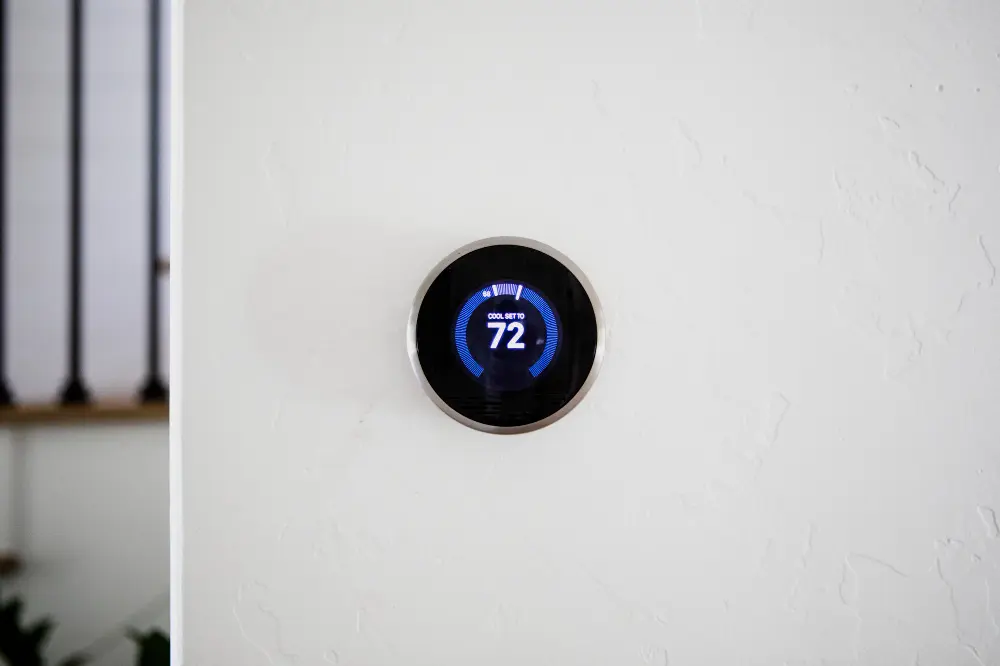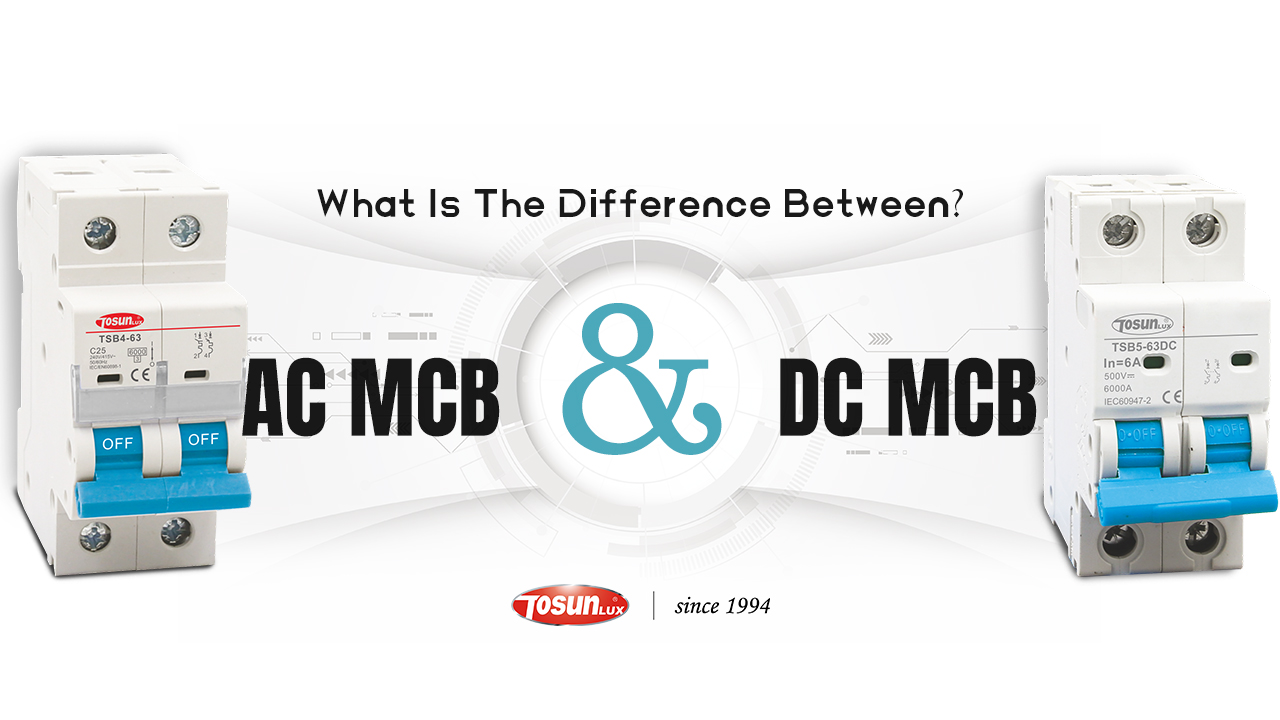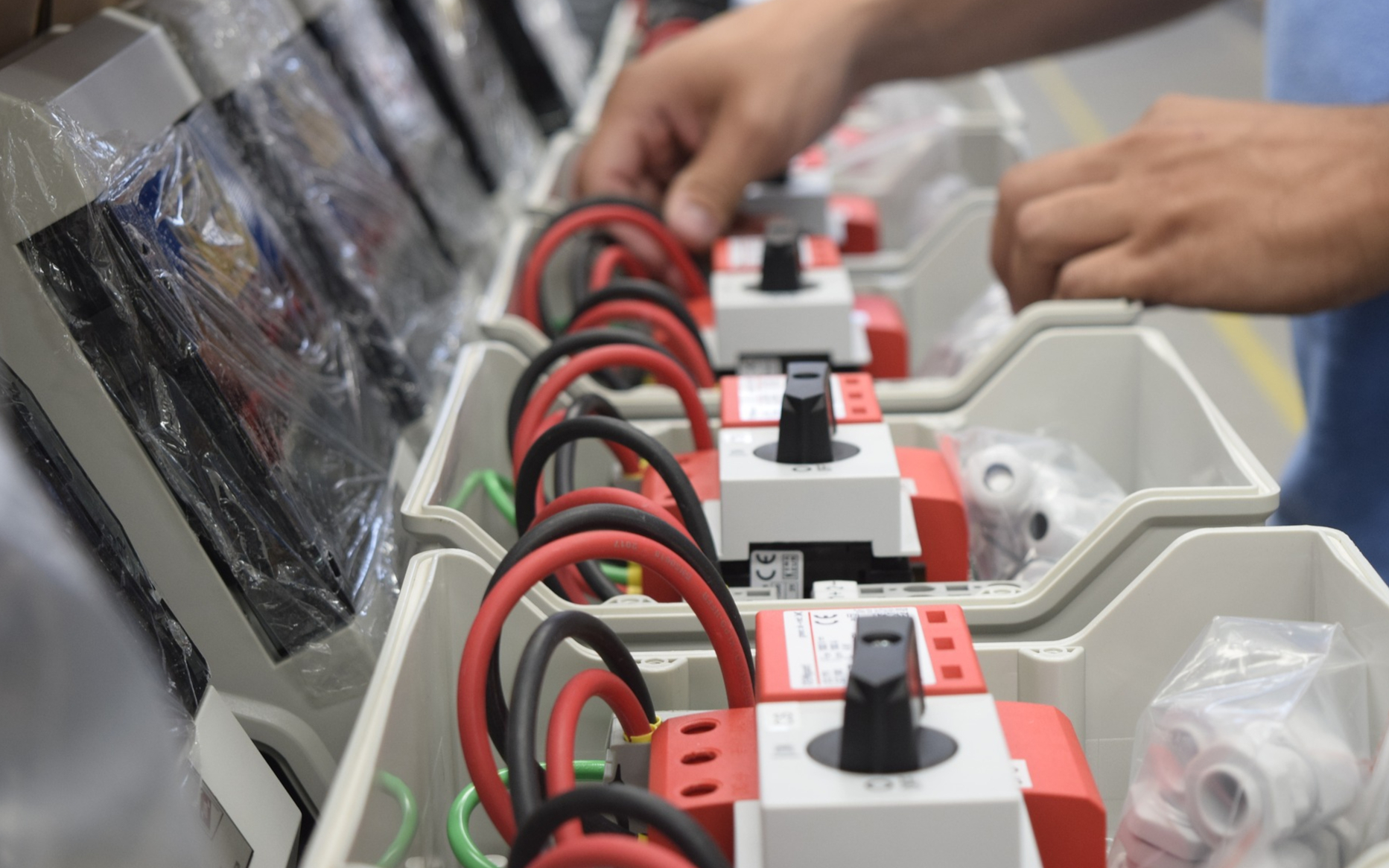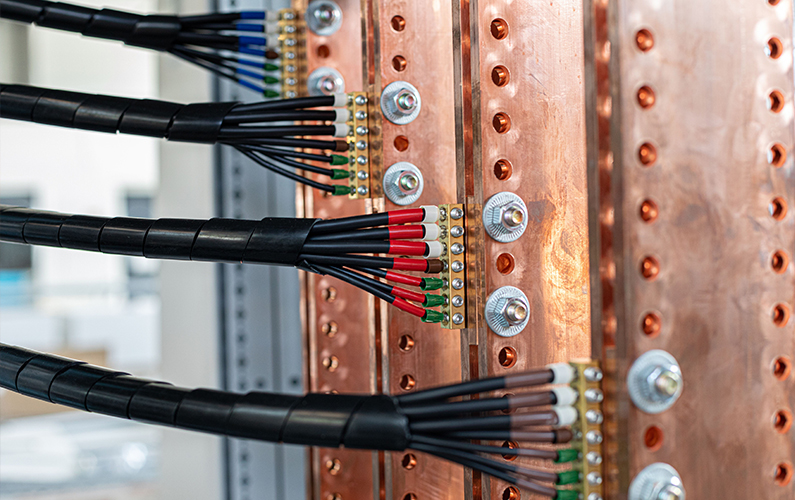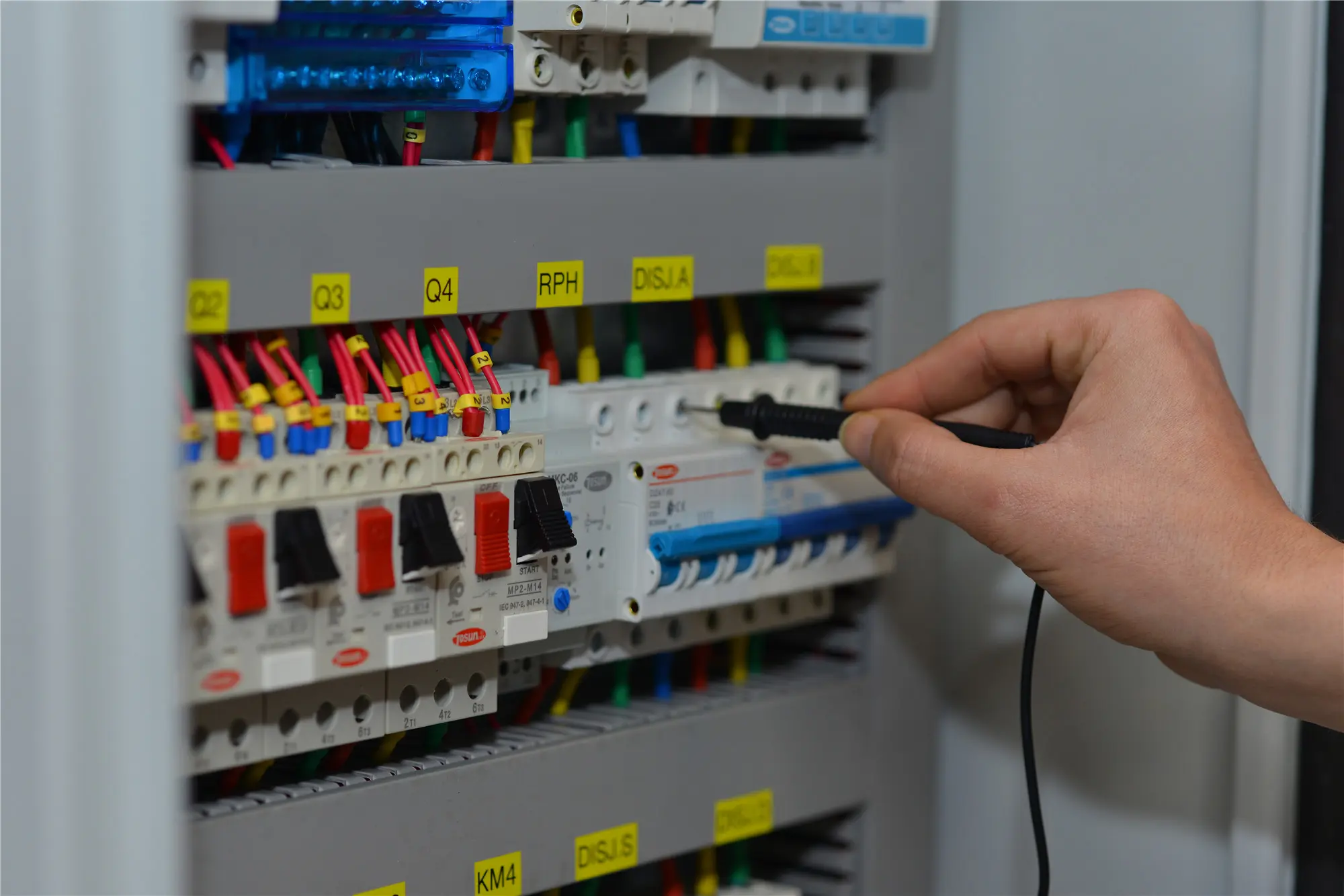Bagaimana Pengendali Termostat Bekerja?
11 September 2024
Pengontrol termostat adalah perangkat penting yang mengatur suhu di berbagai lingkungan. Pengontrol ini memastikan bahwa sistem pemanas atau pendingin mempertahankan suhu yang diinginkan. Artikel ini menjelaskan cara kerja termostat dan kegunaan termostat, serta memberikan pemahaman yang jelas tentang pengoperasian dan pentingnya termostat. Prinsip Kerja Pengontrol Termostat Pengontrol termostat berfungsi dengan mendeteksi suhu di area tertentu dan menyesuaikan sistem pemanas atau pendingin sesuai dengan suhu tersebut. Berikut cara kerjanya: Penginderaan Suhu Termostat mengandung komponen yang peka terhadap suhu, seperti strip bimetalik atau termistor. Komponen ini mendeteksi perubahan suhu dan mengirimkan sinyal ke panel kontrol termostat. Perbandingan dengan Titik Tetap Termostat membandingkan suhu saat ini dengan titik tetap yang diinginkan, yaitu suhu yang ingin Anda pertahankan di lingkungan tersebut. Jika suhu menyimpang dari titik tetap, termostat akan melakukan tindakan korektif. Aktivasi Sistem HVAC Setelah termostat mengidentifikasi bahwa suhu telah menyimpang dari titik tetap, termostat akan mengaktifkan sistem pemanas atau pendingin. Hal ini dapat melibatkan menyalakan tungku, AC, atau peralatan HVAC lainnya untuk menyesuaikan suhu. Mempertahankan Suhu Termostat terus memantau suhu dan menyesuaikan sistem hingga titik setel tercapai. Setelah suhu yang diinginkan dipulihkan, termostat memberi sinyal kepada sistem untuk berhenti, mencegah panas berlebih atau pendinginan berlebih. Misalnya, termostat SRT1150J Tosunlux menawarkan kontrol suhu yang akurat dan andal untuk berbagai aplikasi, memastikan kinerja yang konsisten. Jenis-jenis Termostat dan Fungsinya Apa saja jenis-jenis termostat? Jenis-jenis termostat yang paling umum adalah termostat mekanis, digital, dan pintar. Termostat Mekanis Termostat ini menggunakan komponen fisik […]
Baca selengkapnya : +86-139 0587 7291
: +86-139 0587 7291 Bahasa inggris
Bahasa inggris Bahasa Spanyol
Bahasa Spanyol Rusia
Rusia Perancis
Perancis العربية
العربية Portugis Brasil
Portugis Brasil Ukraina
Ukraina Bahasa Turki
Bahasa Turki Bahasa Polandia
Bahasa Polandia Belanda
Belanda Bahasa Italia
Bahasa Italia Bahasa Indonesia
Bahasa Indonesia Bahasa Hindi
Bahasa Hindi اردو
اردو 08:00
08:00 Tambah
Tambah Tidak ada
Tidak ada Mongol
Mongol Bahasa Inggris
Bahasa Inggris Bahasa Inggris Shqip
Bahasa Inggris Shqip Yunani
Yunani


